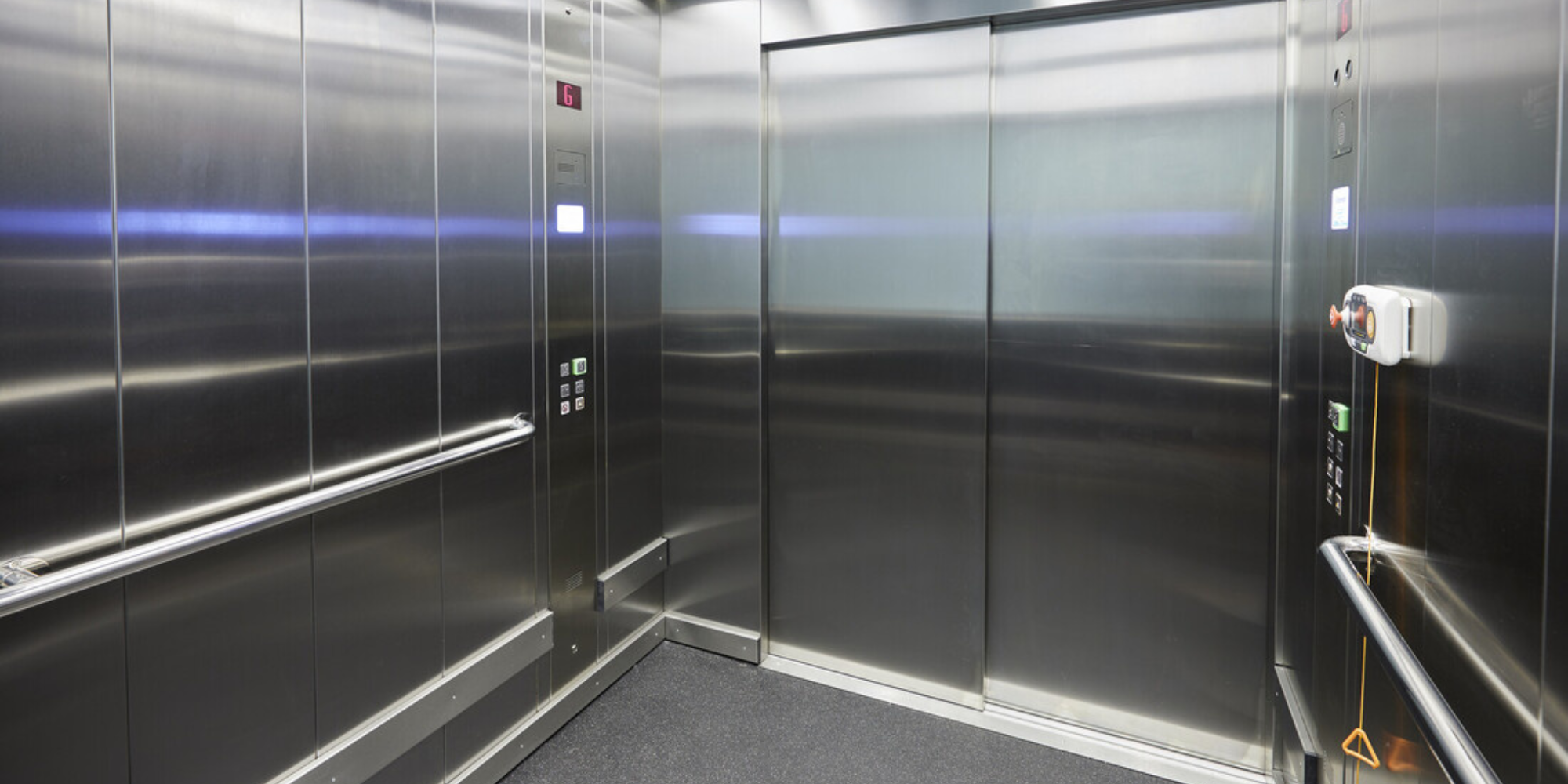We Maintain Lifts to the Highest Standards: Reliable Service for All Lift Kind
We Maintain Lifts to the Highest Standards: Reliable Service for All Lift Kind
Blog Article
Exploring the Globe of Lifts: Usual Issues Dealt With by Various Lift Mechanisms
As we navigate via the upright transport systems of modern structures, lifts stand out as an important component of our daily lives. From hydraulic lifts to traction systems and machine-room-less styles, each lift kind comes with its set of usual issues.
Hydraulic Elevators
Hydraulic lifts, typically preferred for low-rise structures, utilize fluid pressure to control the motion of the lift car (lift repair companies). This system entails a hydraulic pump pushing oil right into a cyndrical tube, creating the lift to relocate the desired instructions. While hydraulic lifts are recognized for their silent and smooth operation, they do come with their very own set of common issues
One common issue with hydraulic elevators is oil leakage. Furthermore, issues with the control system, such as defective shutoffs or a malfunctioning pump, can trigger disruptions in the elevator's movement.
Regular upkeep and punctual repairs are necessary to ensure the smooth functioning of hydraulic elevators. By dealing with these usual issues proactively, building proprietors can reduce downtime and guarantee the safety and effectiveness of their upright transport system.
Traction Elevators
When thinking about upright transportation systems in buildings, another common type other than hydraulic elevators is the grip elevator. Grip lifts run making use of a system of ropes and counterweights that relocate the elevator car by grasping onto the hoist ropes. This device enables smoother and much faster upright transportation contrasted to hydraulic systems.
One of the common concerns dealt with by traction elevators is rope wear. The constant motion of the ropes within the traction system can result in tear and use in time, possibly causing the lift to breakdown or come to be dangerous for use. Routine inspections and upkeep of the ropes are necessary to ensure the lift's appropriate functioning and security.
One more problem that traction elevators might run into is associated to the control system. Issues with the control system can bring about problems such as unpredictable movement, delays in response times, or also total shutdowns. Normal testing and upkeep of the control system are vital to protect against such issues and make certain the lift's reliability.
Machine-Room-Less (MRL) Elevators

Among the vital parts of MRL lifts is the small gearless grip maker that is installed within the hoistway. This maker successfully drives the lift cars and truck without the need for bulky devices located in traditional grip elevators. Additionally, MRL lifts generally make use of a counterweight system to stabilize the car, more improving their energy efficiency.
In spite of their benefits, MRL lifts may face difficulties connected to repair and maintenance because of the constrained room for read this article tools installment. Accessibility for servicing parts within the shaft can be restricted, requiring specialized training for service technicians. Proper upkeep routines and routine evaluations are critical to ensure the continued smooth operation of MRL elevators.
Overloading and Weight Restriction Issues
Overloading and weight limitation issues are important issues in lift operations. Elevator manufacturers layout raises with certain weight abilities to guarantee guest security and equipment long life.
When elevators are overloaded, it puts excessive stress on the motor, cable televisions, and other elements, possibly triggering failures or malfunctions. If they find excess weight, safety mechanisms such as sensors and overload sensing units are in area to prevent elevators from relocating. Furthermore, exceeding weight restrictions can bring about enhanced power usage and wear and tear on the elevator system.
To minimize overloading concerns, constructing supervisors must plainly show weight limitations in lifts and Look At This enlighten residents on the relevance of sticking to these restrictions - lift repair companies. Routine maintenance checks by certified technicians can also help guarantee that elevators are running within safe weight parameters. By resolving overloading and weight limit problems proactively, structure proprietors can improve lift safety and security and performance
Electric System Failings
Going beyond weight limitations in elevators can not only lead to mechanical concerns but likewise potentially add to electrical system failings within the lift infrastructure. Electrical system failings are a vital worry in elevator operation, as they can cause unforeseen closures, malfunctions, or even security hazards.
Routine upkeep and inspections are important have a peek at this website to identify and resolve possible electrical issues immediately, making sure the safe and effective procedure of elevator systems. By sticking to weight restrictions and carrying out regular electric system checks, building owners can alleviate the danger of electric failings in elevators.
Verdict

Hydraulic lifts, typically favored for low-rise buildings, make use of fluid pressure to control the movement of the elevator vehicle.When taking into consideration upright transportation systems in structures, one more common type aside from hydraulic elevators is the grip lift. Traction lifts operate making use of a system of ropes and weights that move the lift automobile by gripping onto the hoist ropes. Unlike traditional elevators that need a different equipment space to house the equipment, MRL lifts integrate most of the elements within the shaft, getting rid of the demand for a specialized equipment room.In conclusion, elevators face usual problems such as hydraulic breakdowns, traction system failings, and electric system problems.
Report this page